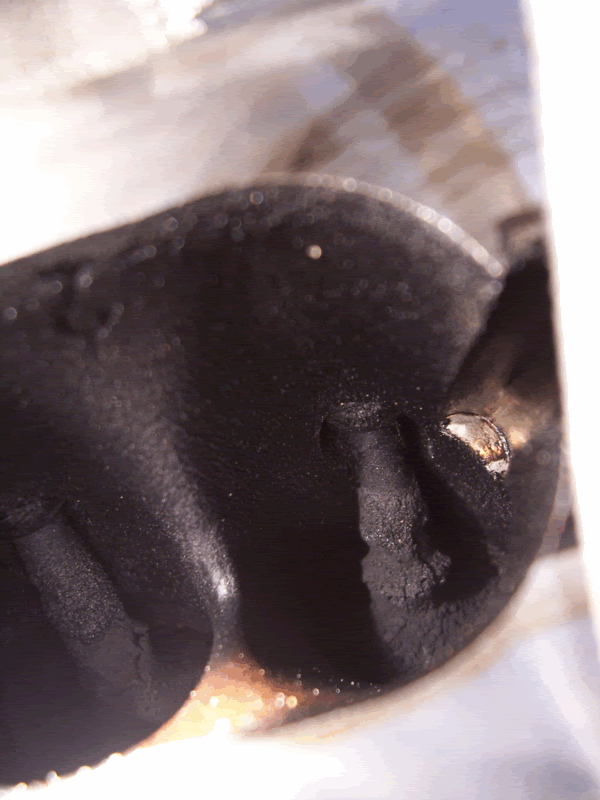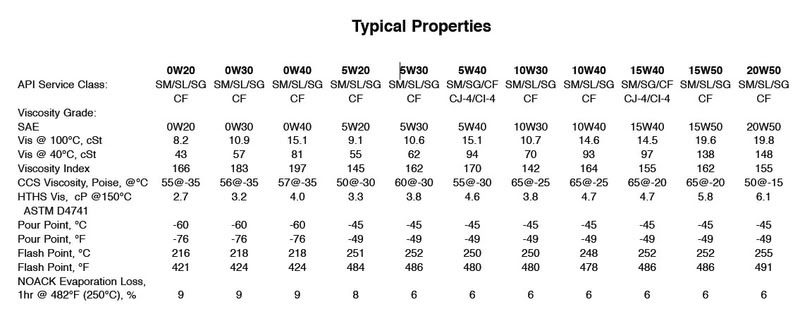Hello, Here are the details about this oil run:
My usage on this car has changed, type of driving was:
1) 90% city, most trips are about 1-2 miles, with engine never reaching operating temp.
2) 5% "hooliganism", curvy road driving with lots of WOT and mostly redline shifts, 0-60 runs, 1/4 mile runs, 100-130mph cruise
3) 5% normal highway driving
- 9000 miles on car
- Sampling method was blackst. pump through dipstick
- I changed at 4k due to wanting to try valve cleaning procedure and then change oil after that. See here for valve cleaning method: http://www.bobistheoilguy.com/forums/ubbthreads.php?ubb=showflat&Number=1378965#Post1378965 (valve cleaning was done after oil was sampled) Also I was concerned about waiting until 5k on oil (as vw recommends in manual) due to severe service.
- I pasted in the VOA for reference.
- Also I did TAN this time because I am planning on changing the PCV system to a catch can and/or atmospheric (possibly with vacuum assist) system and I wanted to see what acids might build up with that new PCV system. Thanks to everyone who recommended getting TAN done on earlier post!
- Lowest temp here was probably about 10-15 degrees this winter
- One bottle of Techron added at about 2800 miles on oil
All comments wlecome! Thanks!

My usage on this car has changed, type of driving was:
1) 90% city, most trips are about 1-2 miles, with engine never reaching operating temp.
2) 5% "hooliganism", curvy road driving with lots of WOT and mostly redline shifts, 0-60 runs, 1/4 mile runs, 100-130mph cruise
3) 5% normal highway driving
- 9000 miles on car
- Sampling method was blackst. pump through dipstick
- I changed at 4k due to wanting to try valve cleaning procedure and then change oil after that. See here for valve cleaning method: http://www.bobistheoilguy.com/forums/ubbthreads.php?ubb=showflat&Number=1378965#Post1378965 (valve cleaning was done after oil was sampled) Also I was concerned about waiting until 5k on oil (as vw recommends in manual) due to severe service.
- I pasted in the VOA for reference.
- Also I did TAN this time because I am planning on changing the PCV system to a catch can and/or atmospheric (possibly with vacuum assist) system and I wanted to see what acids might build up with that new PCV system. Thanks to everyone who recommended getting TAN done on earlier post!
- Lowest temp here was probably about 10-15 degrees this winter
- One bottle of Techron added at about 2800 miles on oil
All comments wlecome! Thanks!




